Home>Ideas and Tips>How To Design A Sensory Garden
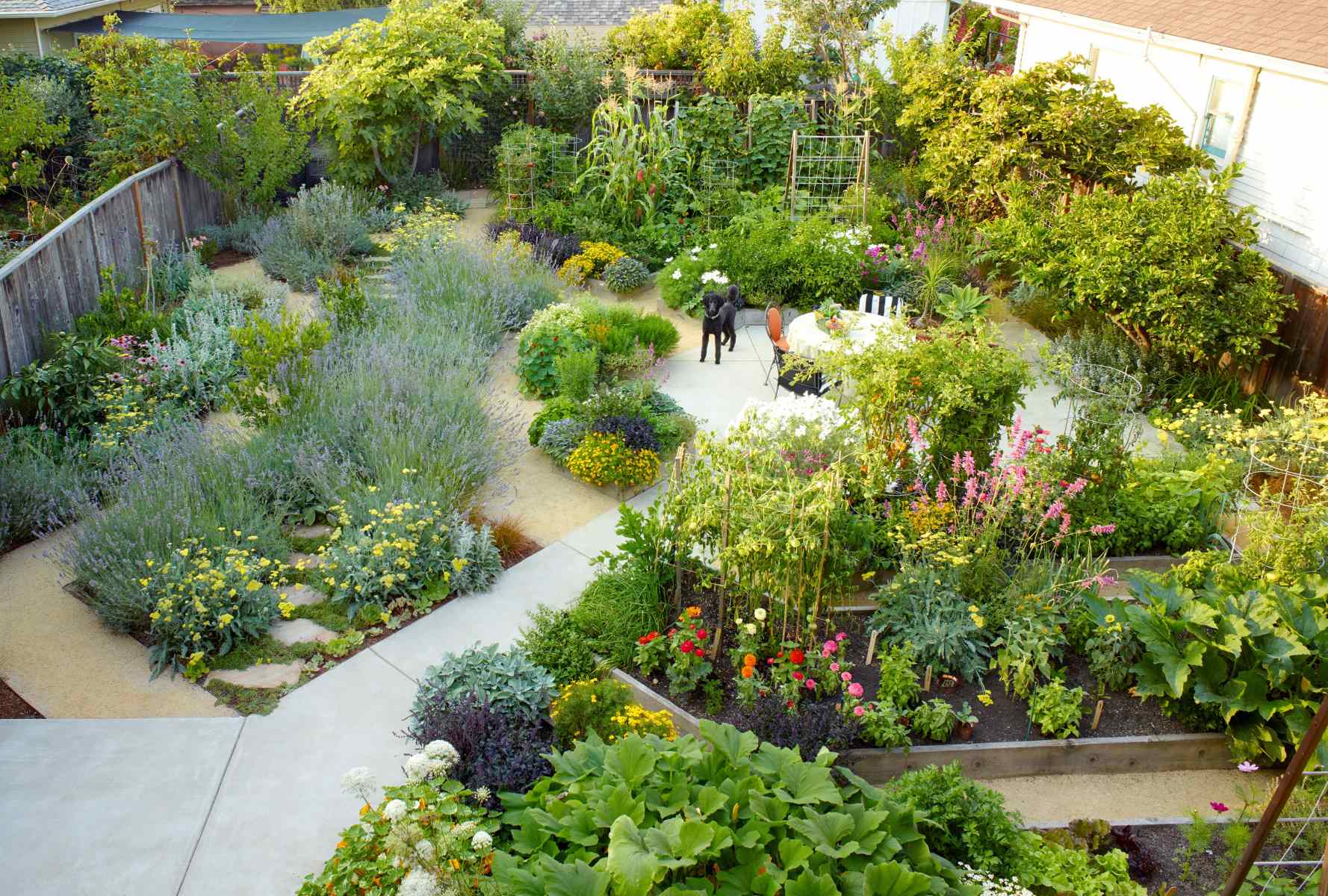

Ideas and Tips
How To Design A Sensory Garden
Modified: October 27, 2024
Learn how to design a sensory garden that stimulates sight, sound, touch, taste, and smell, benefiting visually impaired individuals, dementia patients, and pets.
(Many of the links in this article redirect to a specific reviewed product. Your purchase of these products through affiliate links helps to generate commission for Storables.com, at no extra cost. Learn more)
A sensory garden is a unique and engaging outdoor space designed to stimulate the senses of sight, sound, touch, taste, and smell. These gardens are particularly beneficial for individuals with visual impairments, dementia patients, and even pets. In this article, we will delve into the world of sensory gardens, exploring their benefits, key design elements, and practical tips for creating an inclusive and enjoyable space.
Benefits of Sensory Gardens
Sensory gardens offer a multitude of benefits for various groups of people:
Read more: How To Design A Therapeutic Sensory Garden
For Visually Impaired Individuals
- Enhanced Exploration: Sensory gardens provide a way for visually impaired individuals to explore and engage with their environment through other senses. This can include tactile plants, fragrant flowers, and auditory elements like water features or wind chimes.
- Independence: By incorporating accessible pathways and raised beds, sensory gardens can promote independence and mobility for those with visual impairments.
- Emotional Well-being: The sensory stimulation in these gardens can evoke strong emotional responses, such as joy and relaxation, which are essential for mental health.
For Dementia Patients
- Stimulation and Engagement: Sensory gardens can stimulate memory and cognitive function by providing a variety of sensory experiences that trigger nostalgia and familiarity.
- Calming Effects: The calming properties of certain plants like lavender and chamomile can help reduce agitation and anxiety in dementia patients.
- Social Interaction: Sensory gardens often include seating areas where caregivers and family members can spend quality time with patients, fostering social interaction and emotional support.
For Pets
- Stimulation and Exercise: Sensory gardens designed for pets offer a variety of smells, textures, and sounds that encourage exploration and exercise.
- Mental Health: The sensory stimulation in these gardens can help reduce stress and boredom in pets, promoting better mental health.
- Training Opportunities: Incorporating specific plants like catnip or herbs can be used as training tools to encourage desired behaviors.
Key Design Elements
When designing a sensory garden, several key elements must be considered to ensure it is both functional and enjoyable:
1. Accessibility
- Pathways: Use smooth, flat pathways made from materials like wood chips or gravel to ensure easy navigation for all users.
- Raised Beds: Incorporate raised beds with built-in seating or benches for comfortable exploration.
- Tactile Landscaping: Incorporate plants with different textures such as succulents, mosses, and grasses to provide a tactile experience.
2. Sensory Stimulation
- Fragrant Plants: Incorporate fragrant flowers like roses, lavender, and herbs like mint and chamomile to stimulate the sense of smell.
- Auditory Elements: Add water features like fountains or wind chimes to create auditory stimulation.
- Visual Elements: While not essential for visually impaired individuals, visual elements like colorful flowers or sculptures can still be included to create a visually appealing space.
3. Safety
- Boundaries: Ensure that the garden is safely enclosed to prevent wandering off or getting lost.
- Toxic Plants: Avoid using toxic plants that could harm pets or individuals with visual impairments.
- Seating Areas: Provide comfortable seating areas where users can rest and enjoy their surroundings.
4. Maintenance
- Low-Maintenance Plants: Choose low-maintenance plants that require minimal care to ensure the garden remains accessible and enjoyable over time.
- Seasonal Changes: Incorporate plants that change with the seasons to provide ongoing sensory stimulation.
Read more: How To Design A Rock Garden
Practical Tips for Creating a Sensory Garden
Read more: How To Design A Therapeutic Sensory Garden
For Visually Impaired Individuals
- Consult Experts: Consult with experts in horticulture and accessibility to ensure the garden is designed with the needs of visually impaired individuals in mind.
- Tactile Plants: Incorporate plants with different textures like succulents, mosses, and grasses to provide a tactile experience.
- Fragrant Flowers: Use fragrant flowers like roses and lavender to stimulate the sense of smell.
- Auditory Elements: Add auditory elements like wind chimes or water features to create a multi-sensory experience.
For Dementia Patients
- Memory Triggers: Incorporate plants that trigger memories such as rosemary (often associated with cooking) or lavender (often associated with relaxation).
- Calming Plants: Use calming plants like chamomile and lavender to reduce agitation and anxiety.
- Seating Areas: Provide comfortable seating areas where caregivers can spend quality time with patients.
- Social Interaction: Incorporate social interaction elements like benches or picnic tables to foster social interaction.
For Pets
- Dog-Friendly Plants: Use dog-friendly plants like catnip, herbs, and ornamental grasses that are resistant to pet damage.
- Shady Corners: Create shady corners with moist soil to attract bugs and provide a natural source of food for pets.
- Interactive Elements: Incorporate interactive elements like treat-dispensing toys or puzzle feeders to keep pets engaged.
- Safety Measures: Ensure that the garden is safely enclosed to prevent pets from escaping or getting lost.
Read more: How To Design A Woodland Garden
Case Studies and Examples
Sensory Garden for Visually Impaired Individuals
A sensory garden designed for visually impaired individuals might include:
- Tactile Pathways: A pathway made from different textures like wood chips, gravel, and sand.
- Fragrant Flowers: Fragrant flowers like roses and lavender.
- Auditory Elements: Wind chimes or a small fountain.
- Raised Beds: Raised beds with built-in seating or benches.
For example, the Ohio AgrAbility program provides resources on how to create sensory gardens for the blind or visually impaired, including fact sheets on planning, designing, and selecting plants for these gardens.
Sensory Garden for Dementia Patients
A sensory garden designed for dementia patients might include:
- Memory Triggers: Plants like rosemary or lavender that trigger memories.
- Calming Plants: Calming plants like chamomile and lavender.
- Seating Areas: Comfortable seating areas where caregivers can spend quality time with patients.
- Social Interaction Elements: Benches or picnic tables to foster social interaction.
For example, Arbour Care provides guidance on designing sensory gardens for dementia patients, emphasizing the importance of making it safe and accessible while incorporating elements that stimulate memory and reduce agitation.
Sensory Garden for Pets
A sensory garden designed for pets might include:
- Dog-Friendly Plants: Plants like catnip, herbs, and ornamental grasses that are resistant to pet damage.
- Shady Corners: Shady corners with moist soil to attract bugs and provide a natural source of food for pets.
- Interactive Elements: Interactive elements like treat-dispensing toys or puzzle feeders to keep pets engaged.
- Safety Measures: Ensuring that the garden is safely enclosed to prevent pets from escaping or getting lost.
For example, BusyDoggie shares their experience in creating a sensory garden for dogs, highlighting the importance of using dog-friendly plants and incorporating elements that stimulate exploration and exercise.
Read more: How To Design A Cut Flower Garden
Conclusion
Designing a sensory garden is a thoughtful and inclusive process that requires careful consideration of the needs of its users. Whether it's for visually impaired individuals, dementia patients, or pets, these gardens offer a unique opportunity to engage multiple senses and promote well-being. By incorporating accessible pathways, sensory stimulation elements like fragrant flowers and auditory elements like wind chimes, and safety measures such as toxic plant avoidance and enclosure, you can create an enjoyable space that benefits everyone involved. Whether you're designing for personal use or creating a community garden, understanding the specific needs of your target audience will ensure that your sensory garden is both functional and enjoyable.
By following these practical tips and incorporating key design elements tailored to your audience's needs, you can create a sensory garden that truly enhances the lives of those who experience it. Whether it's through tactile exploration, fragrant scents, or calming sounds, a well-designed sensory garden is an invaluable addition to any outdoor space.
Was this page helpful?
At Storables.com, we guarantee accurate and reliable information. Our content, validated by Expert Board Contributors, is crafted following stringent Editorial Policies. We're committed to providing you with well-researched, expert-backed insights for all your informational needs.
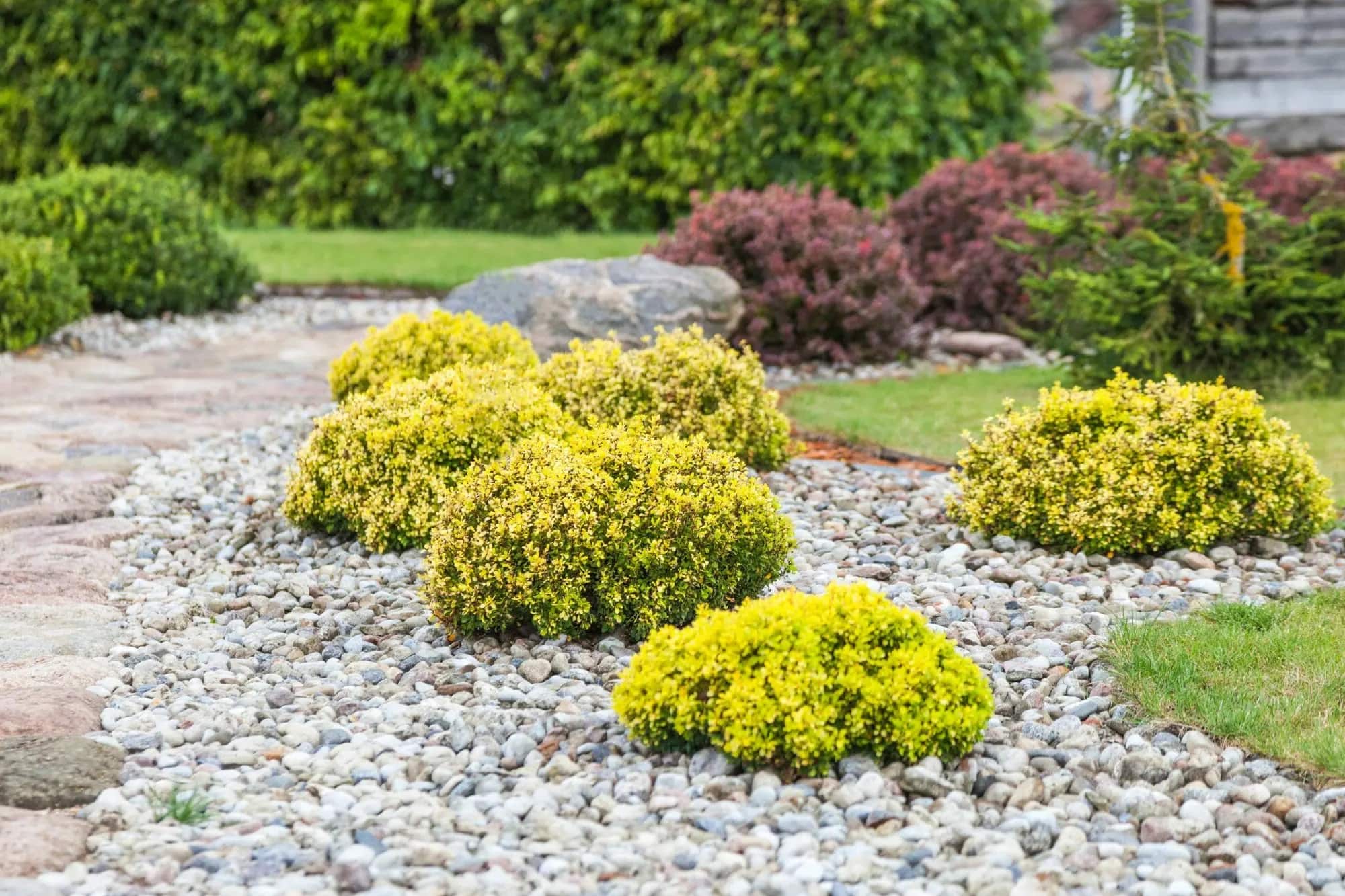


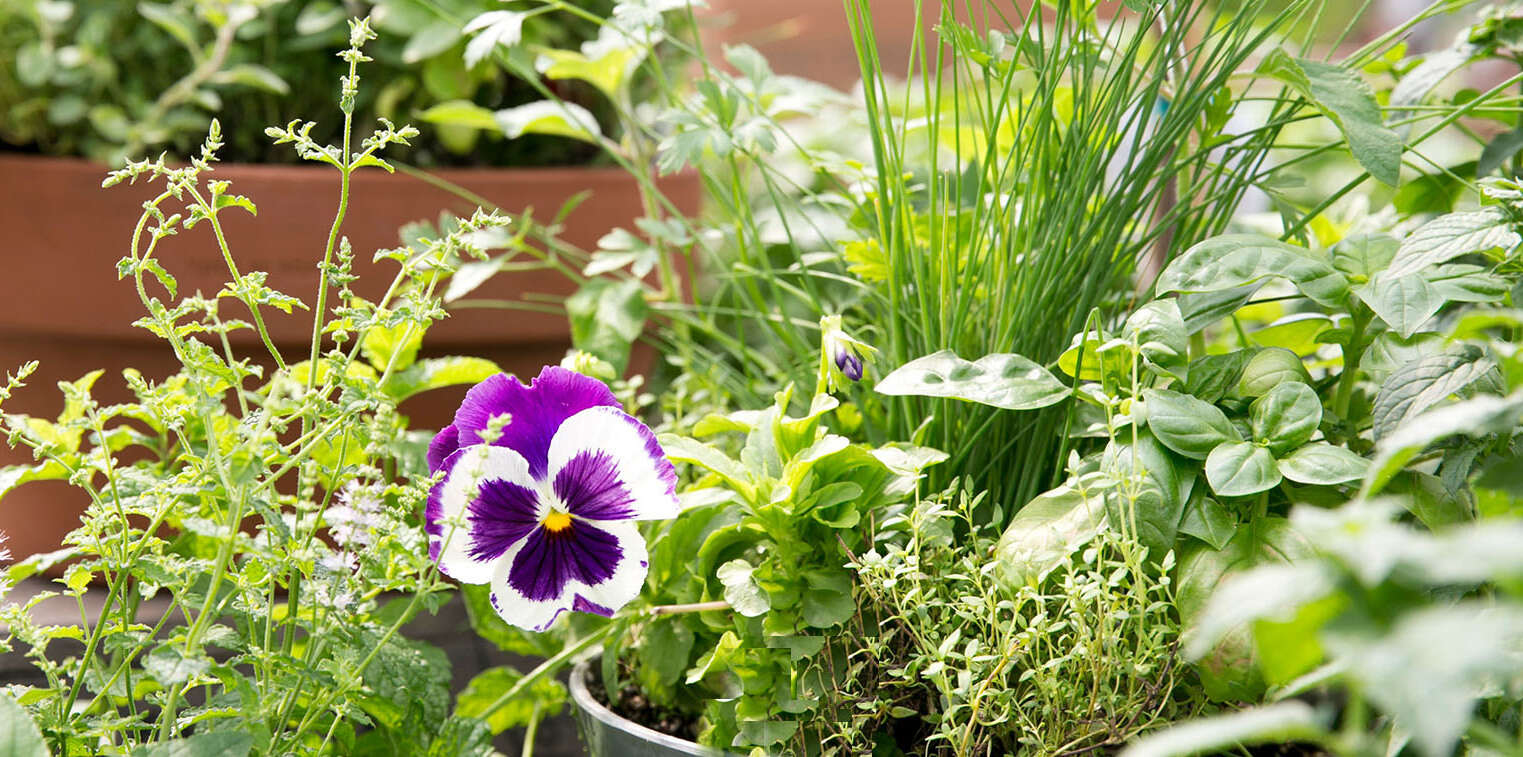


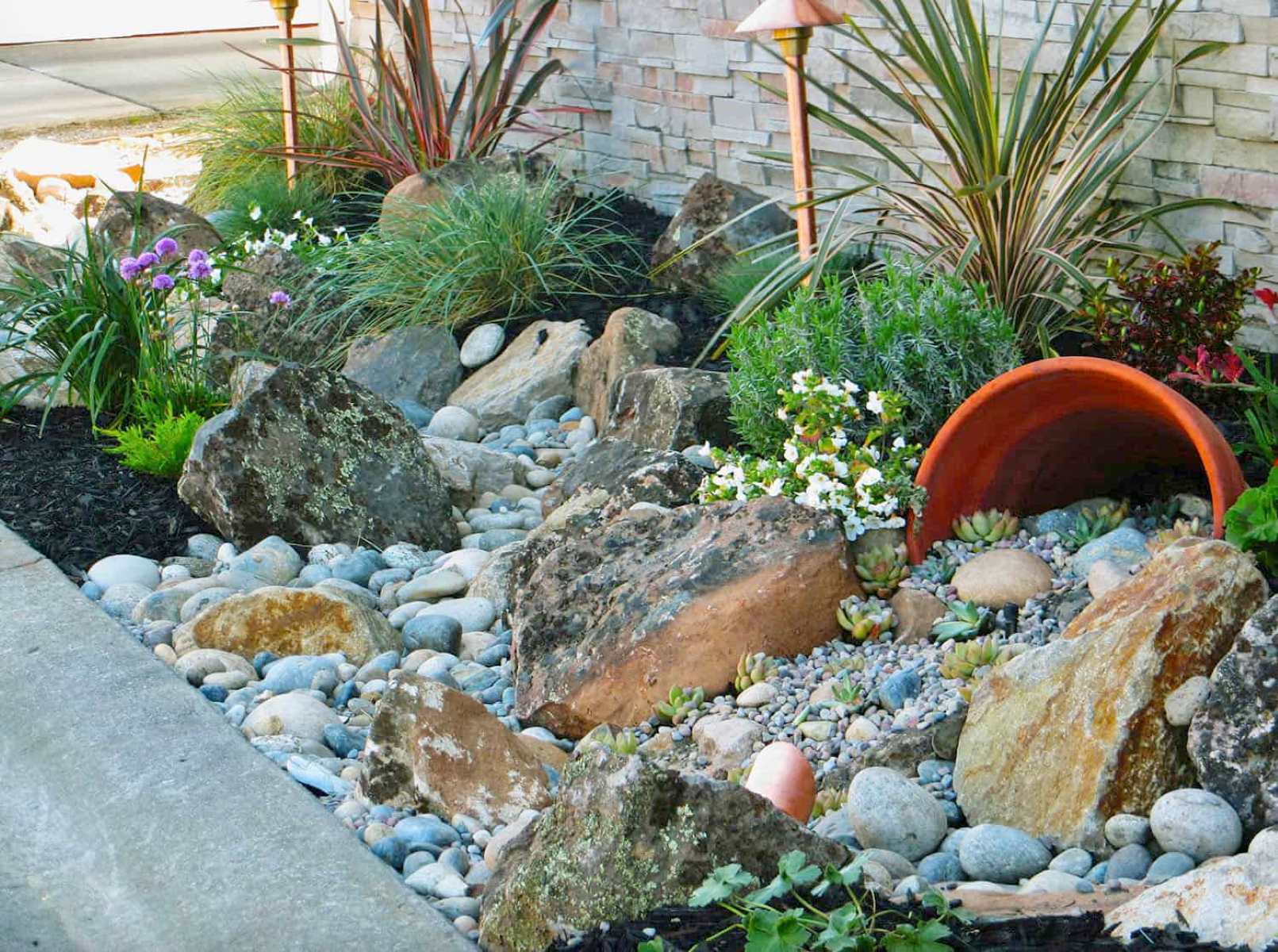
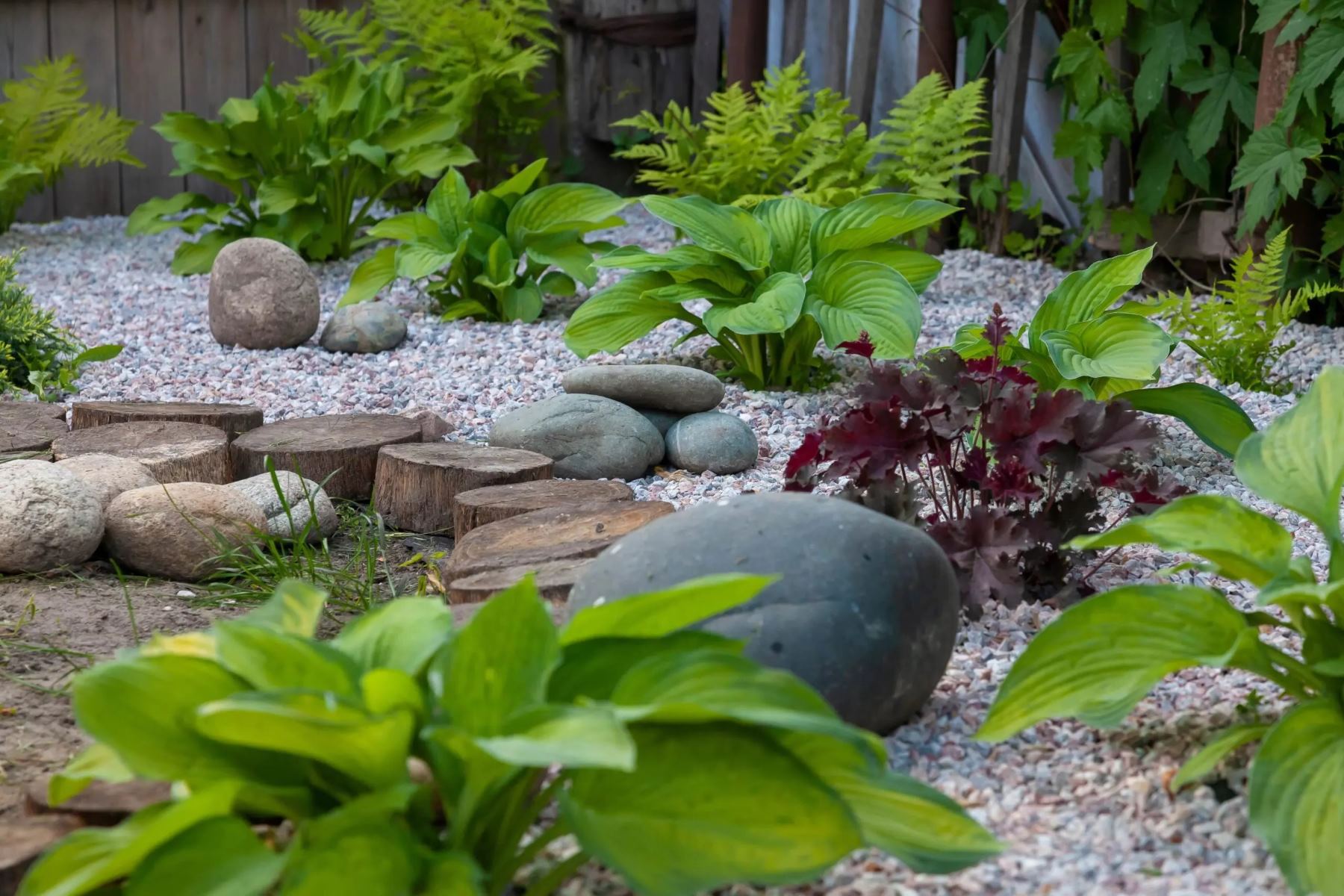
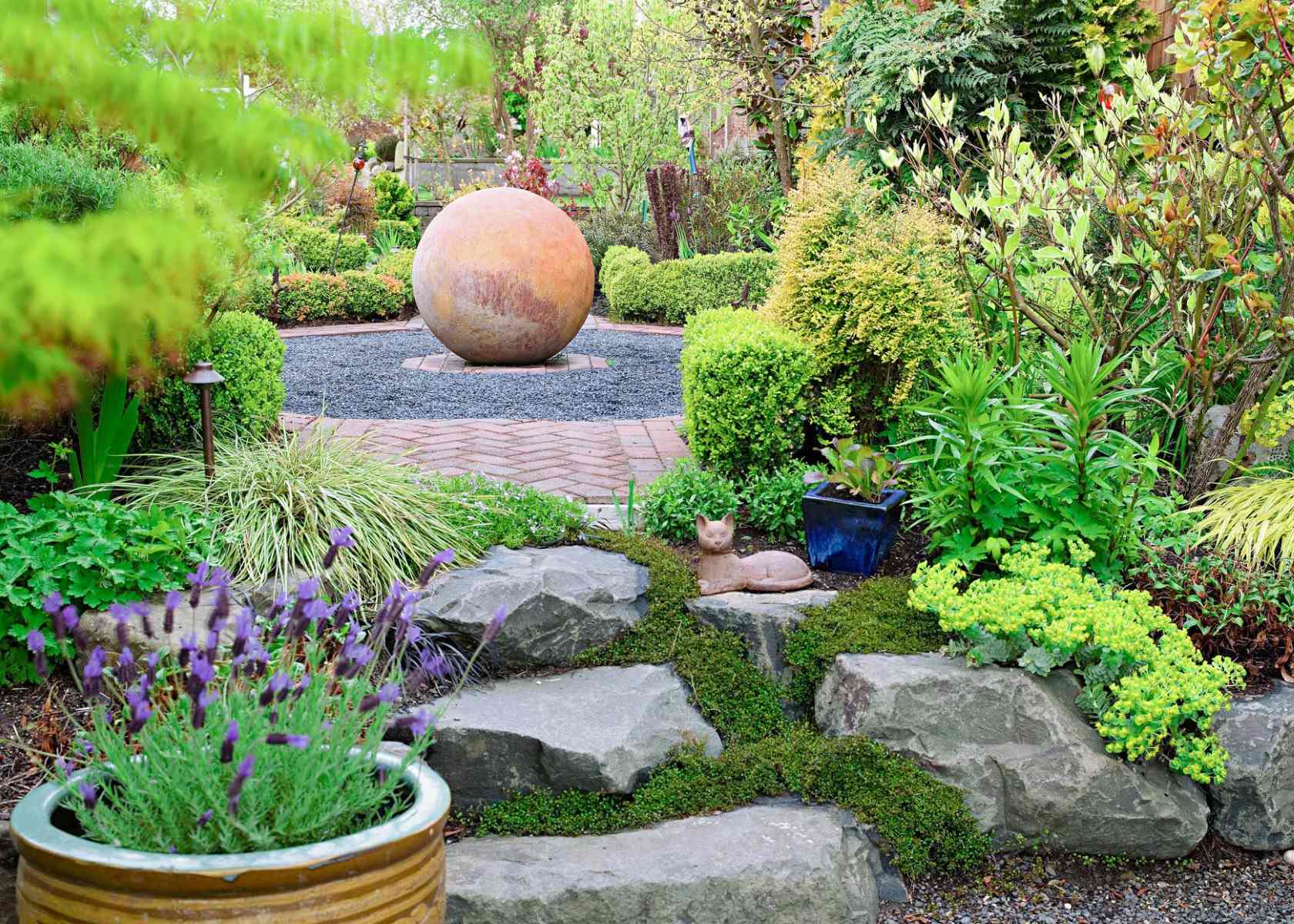
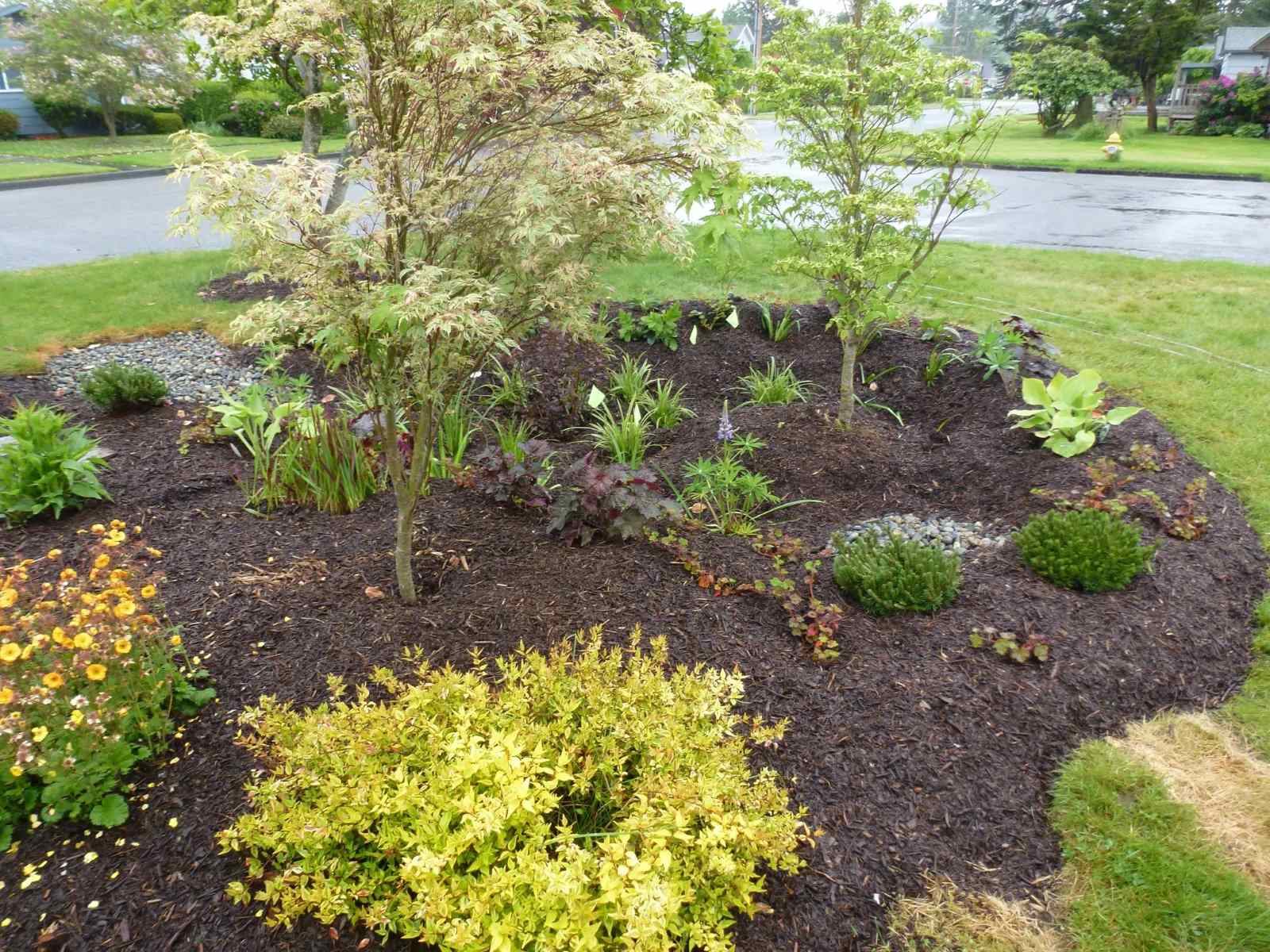
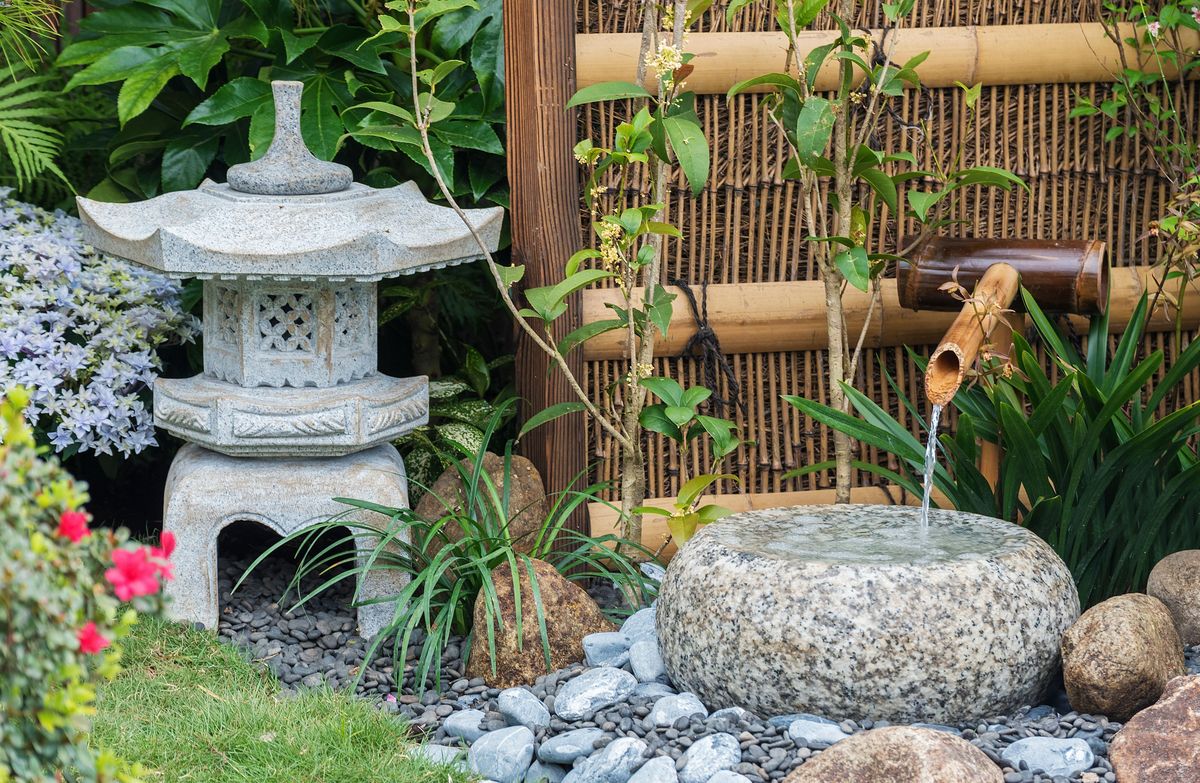

0 thoughts on “How To Design A Sensory Garden”